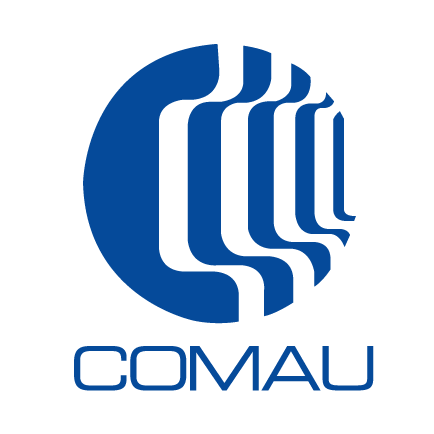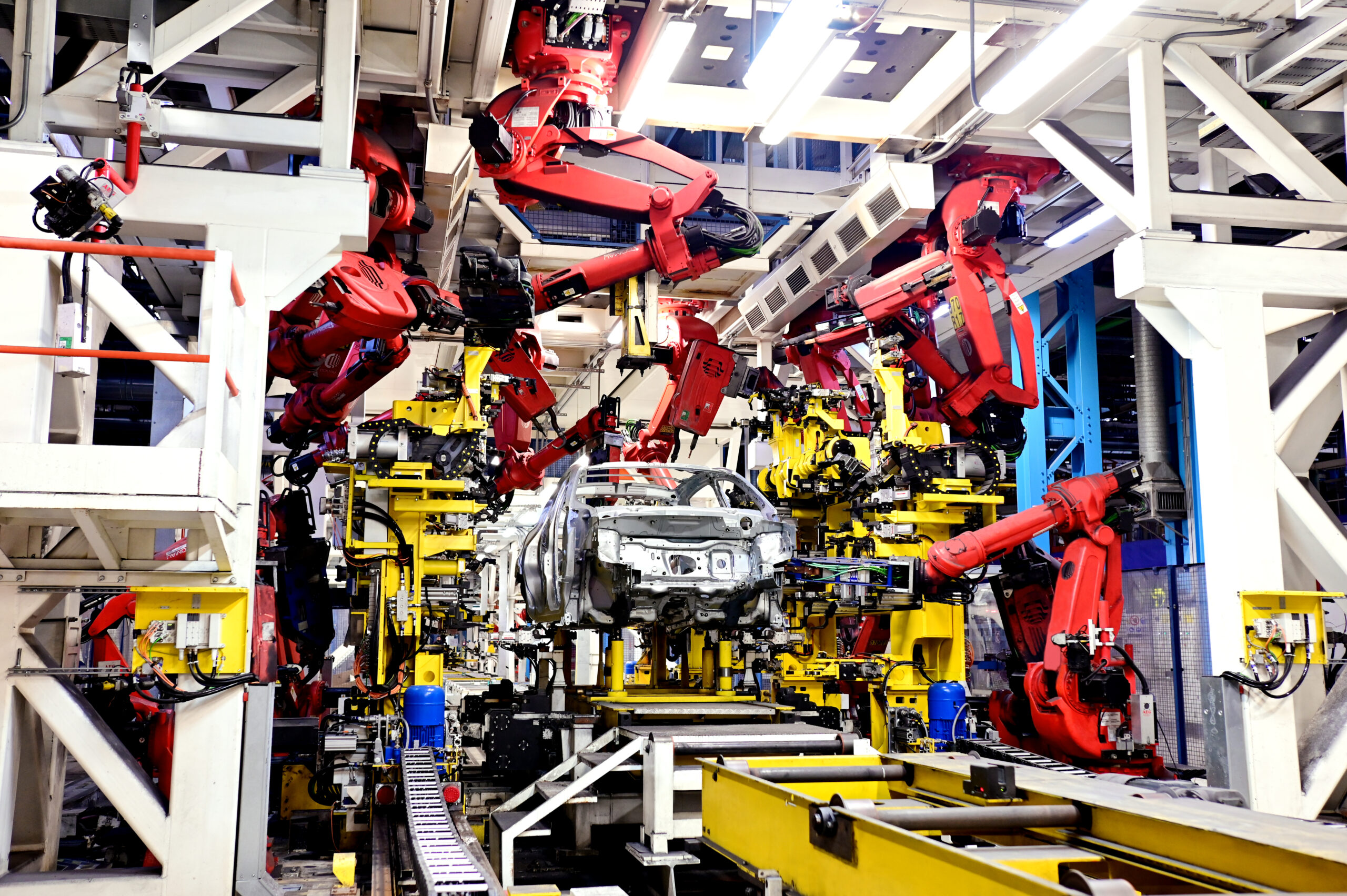Maximizing the use of existing equipment while increasing flexibility to incorporate the new SUV
To produce the new Alfa Romeo Tonale, a first-of-its-kind hybrid SUV, the Italian luxury automaker asked Comau to design and deploy a state-of-the-art Body-In-White (BIW) manufacturing solution. Included in the request, however, was the need to do so utilizing an existing production line that had been installed close to 10 years earlier. Comau would thus need to create a sophisticated solution that could meet Alfa Romeo’s rigorous production and time to market objectives, without sacrificing production of the compact vehicle for which the line was originally designed.
Tasked with protecting the initial investment by building 5 completely new lines and retooling 15 existing lines to accommodate the new SUV, the joint engineering team designed a transformation strategy that would allow Comau to execute the retooling operation in record time despite multiple challenges. In the end, the fully scalable, sustainable and innovative solution would let the automaker produce multiple brands on the same line. It would also ensure the possibility to expand production if and when it is needed. More importantly, the level of absolute quality required by the automaker would be built into the processes and production lines, helping safeguard the trademark excellence of the final vehicle.
The Challenge
Alfa Romeo challenged Comau to design an innovative solution that would allow the automaker to produce its newest SUV on the existing manufacturing lines. The caveat was that the SUV chassis would be significantly larger than that of the compact car for which the lines were originally designed. Furthermore, Comau was asked to make the necessary changes to produce four distinct SUV versions (combustion engine, hybrid, electric and the Hornet model) without sacrificing production of the other vehicle. Finally, both the new and retooled lines would need the inherent flexibility to accommodate the insertion of new vehicle models in the future.
The Solution
Through simultaneous engineering, the team designed a transformation strategy that would allow Comau to execute the retooling operation in parallel with the existing activities. Comau engineers would need to first expand the existing production solution, which is based on the proprietary ComauFlex technology, nicknamed Butterfly due to its impressive agility and use of suspended robots. Although the system is inherently designed to allow space for extra equipment and more robots when new models are introduced, the original design did not necessarily foresee the need to accommodate such different chassis structures. In tandem, Comau also built three brand new lines specific to the Tonale.
The expanded and enhanced Comau-designed solution fully assembles the entire Body-in-White from start to finish, allowing Alfa Romeo to perform the complex bodyshop processes with extreme precision and quality. With the aid of three different vision systems to aid the automated picking and positioning of pieces from and to the transport system, the robots weld, fasten and perform other activities, including the spreading the semi-structural adhesive on the parts and plasma cutting during the end-of-line activities. In total, Comau has deployed 468 welding robots, 148 of which are new and 320 recovered from existing lines, in a process that involves the insertion of roughly 2,800 welding spots for each SUV version.
The enhanced ComauFlex set-up also allows Alfa Romeo to change or modify a specific vehicle model by adjusting the robot tooling, not the arrangement of the robots themselves. In addition to protecting the scalability of the customer’s initial investment, the solution is designed to enable the introduction of new models in the future for a fraction of the initial expenditure.
The Results
The new and enhanced lines allow Alfa Romeo to assemble its mid-size SUV in a random mix of up to 4 different versions while maintaining the desired throughput of 30 JPH (jobs per hour) with an average cycle time of 54 seconds. Furthermore, the level of quality guaranteed by Comau fully addresses the stringent requirements of the premium Alfa Romeo brand.
Comau’s in-depth process knowledge and its full integration with the customer’s engineering team allowed them to work on the lines during the plant’s natural downtime, thus minimizing any impact on production. The innovative solution also benefits from its targeted use of enabling technologies, such as vision systems that detect parts by shape, instead of sensors and photocells. To grant the aesthetic geometry Alfa Romeo is known for, plasma cutting is used to ensure perfectly alignment of the frame and its various components. Finally, the Comau solution provides Alfa Romeo with improved equipment efficiency and enhanced quality inspection capabilities.
With current combined capacity of over 5,300 vehicles/week, the automaker can bank on significant savings in terms of time, long-term costs and production efficiencies. Moreover, because the solution is a fully modular system built around standard products that are combined within an expandable design framework, Alfa Romeo can quickly expand its manufacturing environment at any time with limited impact on existing production.
°
high-speed, end-to-end assembly solution
completely different models on the same line
k
jobs per week production capacity across the two brands

